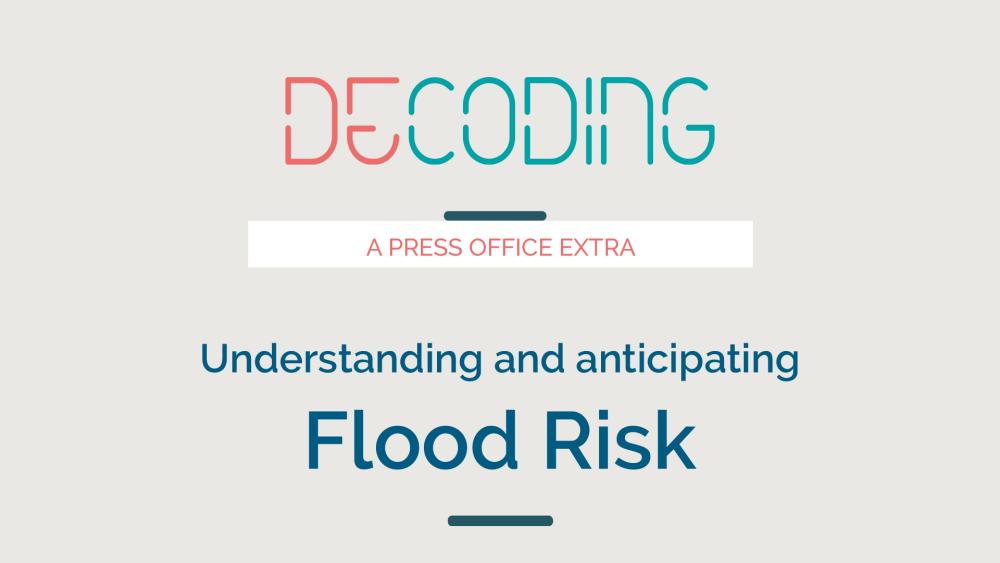Press report
Climate change and risksDecoding - Flood risk, understanding and anticipating
Millions of people across Europe are at risk of flood. Each year, in France, damage caused by floods cost between 650 and 900 million euros, and lives continue to be lost. The enormity of the risk posed by flooding was recognised in October 2007 by the publication of the European Flood Directive, requiring each of the EU’s member states to formulate flood risk management plans. For many years, INRAE’s scientists have used their research skills and expertise to improve understanding of the processes and events associated with inundation and to devise tools and methods to protect society from its impacts.
Published on 24 November 2022
lexicon
- Dams and weirs: water-retention structures of various sizes constructed across water courses to regulate flow, for example.
- Dykes/embankments: raised structures, usually very long (severalhundred metres or tens of kilometres), which block the passage of water or channel it. Constructed along a watercourse or the seashore.
- Flood: a flood is a natural phenomenon that does not necessarily endanger dwellings or infrastructure. For example, in river flooding, water levels naturally rise when flows increase, and the river may leave its usual channel, spreading out across its flood plain. When flooding occurs, zones that are not usually underwater become inundated:
• Slow: occurring over a period of several days on large rivers.
• Fast: occurring over periods of around 12 hours in small catchments.
• Sudden: occurring in small steep catchments within a few minutes or hours (≤ 6 hours) often known as ‘flash flooding’.
• Extreme: an event that is rare in terms of both intensity and frequency (categorised by the probability of its occurrence in any one year. A flood is considered extreme if its return period is one-in-a-thousand or more). - Flood risk: the combination of the probability of the occurrence of the natural hazard and the physical and social vulnerability of the place (people, houses, businesses, roads, fields).
- Flood-risk awareness: how community members understand and conceive of the risk of inundation. Needs to be maintained as it influences how people take (or fail to take) steps to protect themselves against a risk that is both present and known, because it is recurrent.
- Inundation: the rapid or slow submersion of a zone that is not usually under water. In English, the term ‘inundation’ is largely used in a technical context. In particular, ‘extent of inundation’ is an important parameter for flood modelling. Inundation can occur:
• by overtopping - the watercourse leaves its channel (fluvial flooding).
• by overland flows - rainwater cannot or can no longer infiltrate the ground (pluvial
or surface-water flooding).
• by a rise in the water table - the water then rises out of the ground (groundwater
flooding).
• by immersion beneath the sea - the sea level rises (coastal flooding)


![[Replay] Flood risk, resistance of dikes and dams: what our experts say (in French)](/sites/default/files/styles/richtext_xlarge/public/jpg/INONDATIONS%20encadr%C3%A9.jpg?itok=VI1t1_w2)